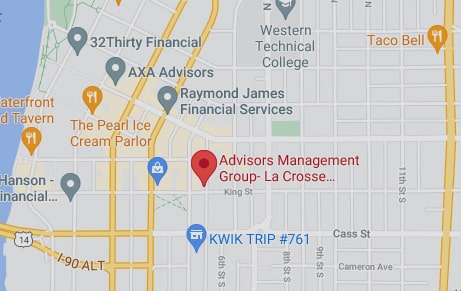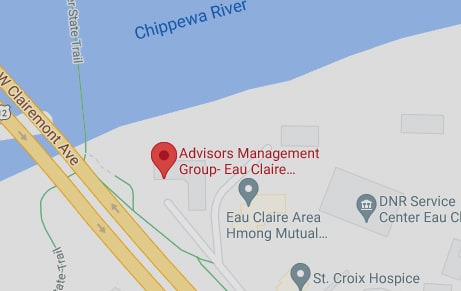Joe and Jo Ann Paszczyk, of Chicago, love unique travel adventures. Over the past decade, the couple has taken about 25 trips with educational organizations. “We have many interests—science, astronomy, history, nature,” says Joe, a former TV producer. Adds Jo Ann, a retired human resources manager: “These are not your normal souvenir shopping trips. You’re in small groups with curious people who like to learn.” In the past three years, they have gone on trips led by Chicago’s Field Museum to Madagascar, India and Tanzania. The expert guides “were always pointing out details that you would otherwise miss,” says Jo Ann.
Like the Paszczyks, an increasing number of travelers age 50 and older want to combine learning more about a place or a passion with visiting new destinations. They are selecting trips sponsored by a university, museum or other nonprofit educational organization. Led by experts, from professors to scientists to museum curators, these trips offer special access, such as private tours of historic sites and in-depth lectures.
“We have seen a healthy increase, with our programs doubling in size in the last five years,” says Karen Ledwin, vice president of product management at Smithsonian Journeys, which leads 300 trips a year on every continent. The vast majority of Smithsonian clients—90%—are age 50 and older. “These are travelers seeking enrichment. Sitting on the beach is not for them,” Ledwin says.
On a Smithsonian Journeys trip to Italy, Jo Ann Paszczyk recalls her group getting a private tour of the Uffizi Gallery in Florence, on a day it was closed to the public, and a private night tour of Basilica di San Marco in Venice, including a special lighting of the ceiling’s Byzantine mosaics. While in India on a Field Museum trip, a field biologist pointed out tiger paw prints and explained what scientists learned from them. “It was a magical moment for me,” Jo Ann says. “It felt like I was driving into a page of The Jungle Book.”
Says Erica Au, Field’s manager of donor relations and major and planned giving: “Traveling with our experts, who have spent their careers studying a topic and can explain it in a meaningful way, adds an extra level.” For example, in summer 2020, the museum will take its annual two-week safari to Tanzania, hosted by their manager for mammals. It costs about $11,000 per person plus airfare. The group will visit the Serengeti to experience the wildebeest migration. They will take game drives to see black rhinos, cheetahs, gazelles, flamingos and hyenas, including a nighttime game drive to see nocturnal mammals, such as genets.
Get Smart With a Bevy of Travel Options
With so many educational organizations offering trips, at every price point, and by land, rail and boat, the choices can be overwhelming. Even the New York Times has gotten into the act, leveraging its journalists as expert guides. These trips can run from one-day city tours to 15-day or longer luxury vacations, in categories including sports, history and culture.
This year, cookbook author and NYT contributing writer Joan Nathan will lead an eight-day trip exploring Jewish food and heritage in Florence, Siena and Rome for $7,490 plus airfare. Highlights include a visit to Europe’s only kosher winery in Tuscany and an evening of music and food at the home of a Libyan Jewish chef in Rome. History buffs may want to check out a six-day trip led by foreign correspondents that explores the fall and rise of Berlin from the World Wars to today. The trip costs $5,595 per person plus airfare.
If you feel strongly about saving the planet, you could consider taking a sustainable trip. The World Wildlife Fund offers about 80 “conservation travel” trips a year, which feature “sustainable travel that supports the protection of nature, wildlife and local communities,” says Jim Sano, the nonprofit’s vice president for travel, tourism and conservation. “We educate travelers about environmental and conservation issues, and all of our guides are trained by us in basic natural history.” Additionally, all emissions from trips are 100% carbon-offset.
In July 2019, the organization is offering its first “Zero Waste Adventure,” a six-day trip to Yellowstone country for 14 guests, for about $5,700 plus airfare per person. The goal of the trip is to “fit all waste produced into a single container,” says Sano. Highlights include exploring the northwest sector of the Greater Yellowstone ecosystem and a stay at a safari-style luxury camp.
Another good source of educational trips is alumni associations of universities and colleges. You don’t always need to be a graduate of the school to sign up. For example, in November 2019, Stanford University offers a two-week trip called “Unseen Japan,” led by a lecturer in international policy. At $9,695 per person plus airfare, the trip includes visits to temples in Kyoto, a tour of I.M. Pei’s Miho Museum and an overnight stay at an inn in the hot springs town of Matsuyama.
These trips can be expensive, so compare what’s offered before you sign up. For example, does the price cover most meals and drinks, tips for guides and drivers, special excursions, and medical, accident and evacuation insurance? Also, check to see if a professional tour manager will accompany the group to handle logistics and iron out any problems. Smithsonian Journeys always sends its own experts, Ledwin says.
Select a trip according to whether you seek an active adventure or a more leisurely pace, says Jo Ann Paszczyk. Most trips are rated by activity level. African safaris tend to be more sedentary because you sit in a vehicle all day, while other trips require a lot of uphill hiking. “We are clear on expectations,” says Au, of the Field Museum. “Our Mexico trip featured horseback riding and hiking uphill in altitudes over 10,000 feet. But our Greece trip was geared to anthropology and you are on a cruise ship with some walking during the day.”
Another benefit to traveling with a local institution is that it often creates a bond between travelers and the organization that extends beyond the trip. “We’ve made some new friends and become more part of the Field community,” says Joe Paszczyk. To him and his wife, that’s a gift that keeps on giving.



